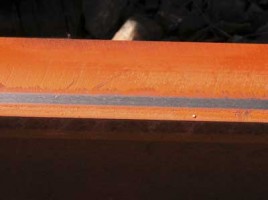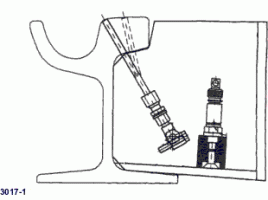
Specialized Rail Profile Grinding on MBTA
by Bob Tuzik • April 10, 2005 Rail Grinding has been used to solve a host of problems on transit systems. It recently was used in Boston to remove a new wrinkle. A specialized grinding program was initiated in 2002 on the heels of a series of light-rail derailments on the …

